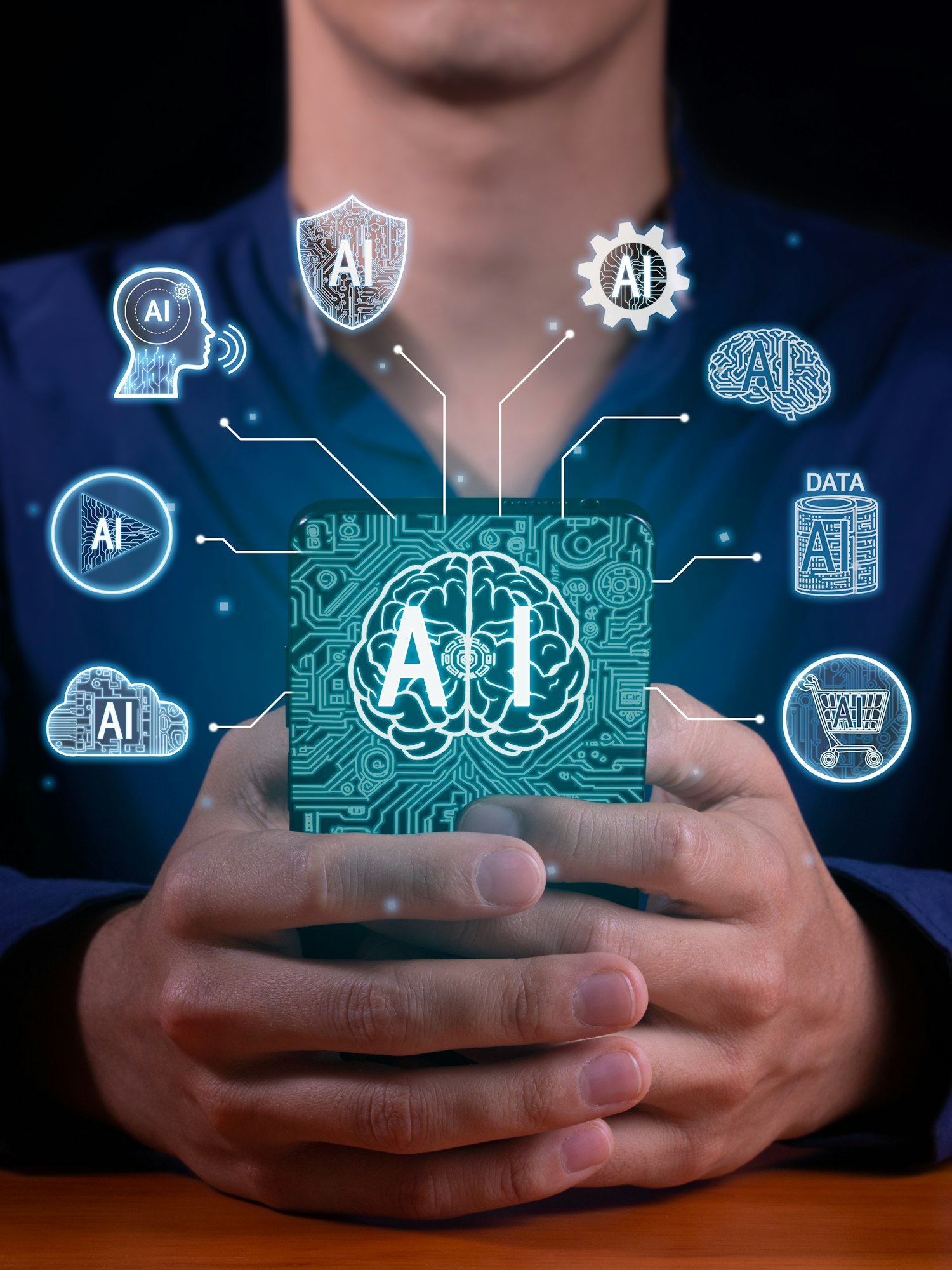Emerging trends in generative AI for visual creation

Generative AI is revolutionizing the field of visual creation, pushing the boundaries of what is possible in art, design, and multimedia. This article delves into the latest trends in generative AI, exploring how advancements are transforming creative processes and opening new opportunities for artists, designers, and businesses.
Advancements in AI art generation
One of the most exciting trends in generative AI for visual creation is the continuous improvement in AI art generation capabilities. Access now to more information by reading the rest of the article. Tools like DALL-E, MyImageGPT, and GAN-based models are becoming increasingly sophisticated, able to produce highly detailed and imaginative artworks from simple text prompts.
In parallel : How Can Deep Neural Networks Improve Weather Forecasting Accuracy?
Recent improvements in AI models focus on enhancing the realism and creativity of generated images. For instance, the latest versions of GANs (Generative Adversarial Networks) and VAEs (Variational Autoencoders) are capable of generating images that are indistinguishable from those created by human artists. This progress is driven by more extensive training datasets and advanced algorithms that improve the models' understanding of artistic styles and nuances.
Integration with augmented reality (AR) and virtual reality (VR)
The integration of generative AI with augmented reality (AR) and virtual reality (VR) is another emerging trend that is transforming visual creation. By combining these technologies, developers can create immersive and interactive experiences that were previously unimaginable. Generative AI can create dynamic and responsive visual elements that enhance the realism and engagement of AR and VR environments.
This might interest you : What Are the Latest Advances in Biometric Authentication for Mobile Banking?
In AR applications, generative AI can be used to overlay realistic and contextually appropriate visuals onto the real world. For example, in retail, AI-generated images can allow customers to visualize how furniture would look in their homes before making a purchase. In VR, generative AI can create entire virtual worlds that are unique and adaptive to the user's actions and preferences. This capability is particularly valuable in gaming, education, and virtual tourism, where immersive and personalized experiences are important.
Personalization and customization
Personalization and customization are becoming increasingly important in visual content creation, and generative AI is at the forefront of this trend. AI algorithms can analyze user preferences and generate visuals tailored to individual tastes and needs. This capability is transforming industries such as marketing, e-commerce, and entertainment, where personalized content can significantly enhance user engagement and satisfaction.
For instance, in digital marketing, generative AI can create customized advertisements that appeal to specific demographics or even individual consumers. By analyzing data on user behavior and preferences, AI can generate visuals that are more likely to capture attention and drive conversions. Similarly, in the fashion industry, AI can create personalized clothing designs based on user input and trends.
Ethical and responsible AI use
As generative AI becomes more prevalent in visual creation, ethical considerations are gaining prominence. The potential for misuse of AI-generated content, such as deepfakes and misleading visuals, has raised concerns about the responsible use of this technology. Developers and researchers are increasingly focusing on implementing safeguards and ethical guidelines to ensure that generative AI is used responsibly and for positive purposes.
Collaborative AI tools
Collaborative AI tools are emerging as a significant trend in generative AI for visual creation. These tools enable artists, designers, and other creatives to work alongside AI, leveraging its capabilities to enhance their creative processes. Rather than replacing human creativity, these tools augment it, providing new ways to explore ideas and produce high-quality visuals.
AI in animation and video production
Generative AI is making significant inroads into animation and video production, offering new techniques for creating dynamic and engaging visual content. AI-driven tools can automate many aspects of animation, from generating character movements to creating realistic special effects. This automation not only speeds up the production process but also lowers costs, making high-quality animation and video production more accessible.
In summary, the field of generative AI for visual creation is rapidly evolving, driven by advancements in technology and growing interest from various industries. From improving the realism and creativity of AI-generated art to integrating with AR/VR and promoting ethical use, these trends are shaping the future of visual content creation. As generative AI continues to develop, it will undoubtedly open new possibilities for artists, designers, and businesses, transforming how we create and experience visual content.
